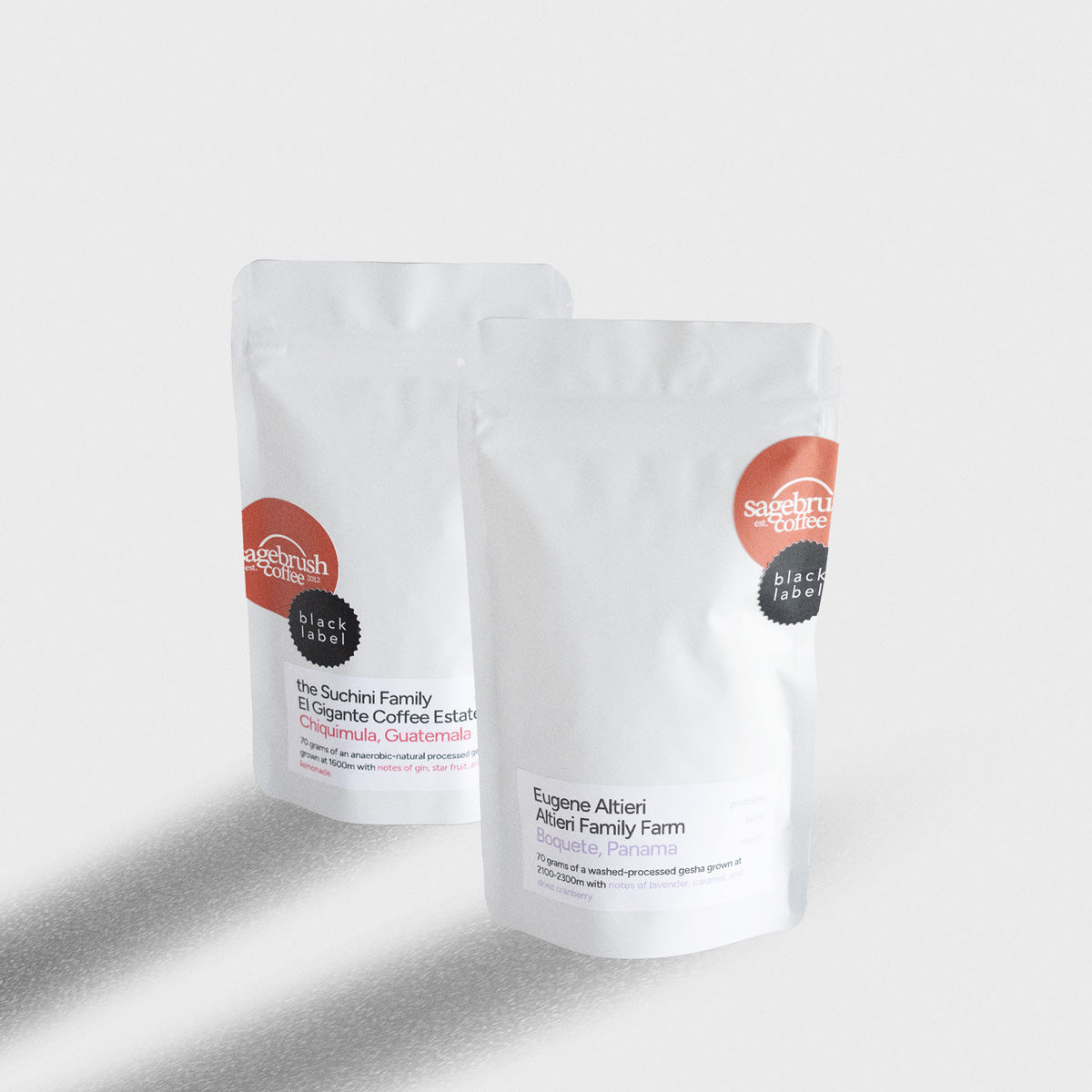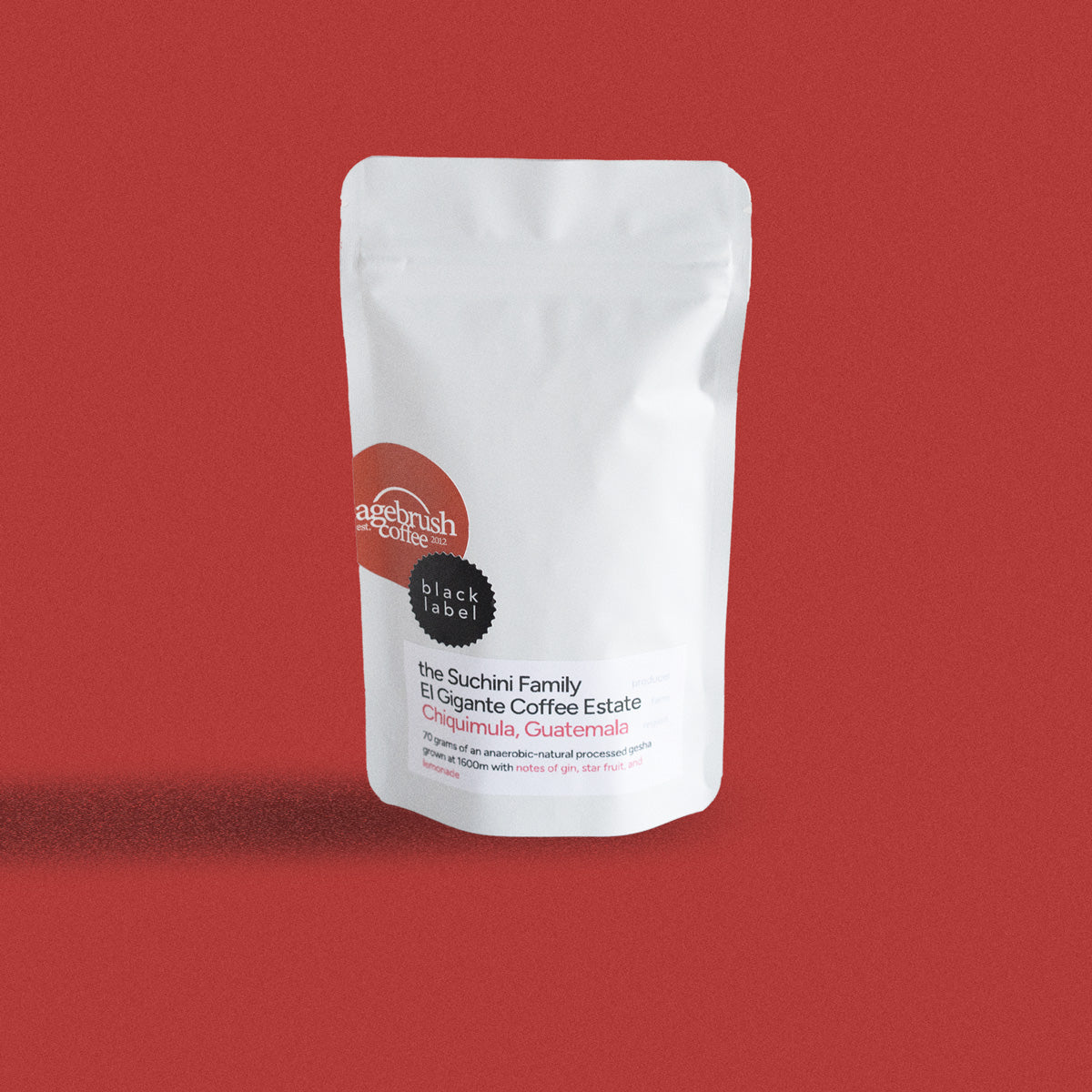
The History of Decaffeinating Coffee
It was the early 1900s, and a German merchant named Ludwig Roselius was about to discover how to decaffeinate coffee. It's believed that he received a shipment of coffee that was accidentally soaked in seawater, but instead of throwing it away, he decided to process and test it. He discovered that the water had stripped away the caffeine but the taste was far from perfect. The caffeine was gone, but the coffee tasted salty. This incident, however, inspired him to explore ways to decaffeinate coffee without sacrificing flavor. He figured out he could use benzene to remove the caffeine, a substance widely used for paint strippers and other chemical products. His company, known as Kaffee HAG, was the first to produce instant decaffeinated coffee. Their coffee was sold under a brand called Sanka, which would gain popularity among those who were looking for a decaf option. During the 1940s, it was common to see Sanka in advertisements and even quoted in movies and television shows.
Decaffeinating using chemicals was a standard and common practice for a few decades. But, as people have become more conscious of how foods are processed, a lot of changes have been made to various processing methods. Decaffeinating coffee is no exception. Additionally, the use of harsh chemicals can change the flavor of coffee in a negative way, creating a stereotype that all decaf is gross. Because of these two major concerns, people in the coffee industry began to explore alternative ways to decaffeinate coffee. One of their newer discoveries is the sugarcane process.
Decaffeination Using Ethyl Acetate (EA)
The sugarcane process gets its name because ethyl acetate, or EA, is used to decaffeinate coffee. EA is a natural compound derived from cane sugar that can be found in fruits and other foods. Being derived from sugar, EA bonds to chlorogenic acids found in caffeine. When EA bonds to chlorogenic acids, the separation of the caffeine from the coffee bean begins.
Here's the step-by-step process:
- Coffee is delivered green and unroasted to be decaffeinated.
- It's steamed for 30 minutes before the decaffeination process starts. The steaming process is low-pressure, so the pores of the coffee can be opened, allowing for the extraction of the caffeine.
- Once the coffee is ready, it's placed and submerged into the EA solution for a specific amount of time. During this time, the EA bonds to the chlorogenic acid and separates the caffeine from the rest of the coffee bean.
- Beans reach a level of saturation that requires the tank to be emptied and refilled with fresh solution. This process repeats and continues for about eight hours or until the coffee has been sufficiently decaffeinated.
- Once all the caffeine is removed, the beans are prepped to be steamed again. This second steaming removes all traces of EA.
- Once the decaf coffee is dried, it's polished to ensure it stays clean and then packaged and distributed.
If you have roasted coffee beans for a while, you can see the difference in unroasted beans right away. They're usually much darker than beans that have not undergone decaffeination. For our coffee purposes, we love the Sugarcane process because the EA used is derived from sugar cane, and it doesn't sacrifice the flavor of the coffee. It still showcases the hard work of producers, making it a product we are proud to offer to our customers.
Shop Our Decaffeinated Offerings
At Sagebrush, we offer decaf coffee that uses both the Sugarcane Process and the Swiss Water Process (SWP). The main difference between these two processes is that Sugarcane removes 97% of caffeine while SWP removes 99.9%. Both options offer great flavor, but the Sugarcane process is my personal favorite.

















